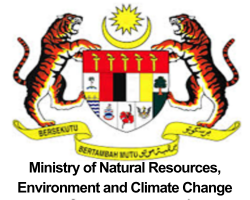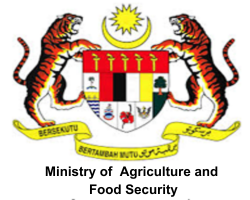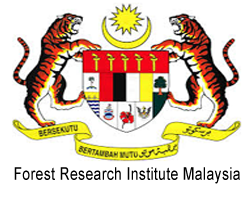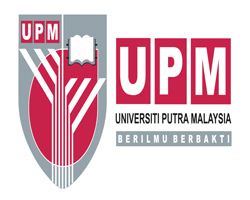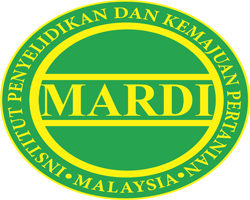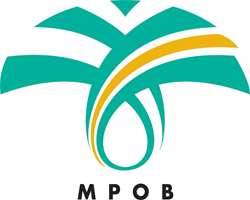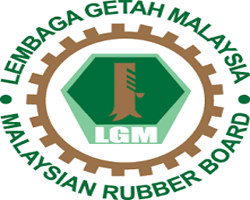Lee, D. S. (1977) Granitic plutons and ore deposits in the Okcheon Zone, Korea. Bulletin of the Geological Society of Malaysia, 9. pp. 99-116. ISSN 2637-109X
Full text not available from this repository.Abstract
In the southern part of the Korean peninsula, a broad zone of diagonal lineaments trends northeasterly parallel with the regional structure of that part of Asia. The belt named the “Okcheon Orogenic Zone” by Kobayashi (1953), consists mainly of thick sequences of marine and terrestrial sediments ranging from Precambrian to Cretaceous. The Okcheon Zone overlies a geosynclinal basement of Precambrian granitic metamorphic rocks and is in contact with migmatitic bodies along its southeast margin and batholithic granite plutons along its northwest margin. Within both of these marginal units, are irregular-shaped granitic stocks, acidic dikes and paleovolcanics in association with minor basic bodies. The plutons associated with the zone can be grouped into three different subzones: SE-subzone for the migmatitic and schistose plutons of southeast margin, 101-181 m.y. old; NW-subzone for those of northwest margin, 112-163 m.y. old; and C-subzone for those of central part of the zone, 63-183 m.y. old. The intrusives in C-subzone are further subdivided into older granites (148-183 m.y. old) and younger granites (63-106 m.y. old). The metallogenic map of South Korea suggests that, in the Okcheon Zone, it is possible to delineate an elongated polymetallogenic province in the general orientation of the zone intimately related with the migmatic and plutonic zones mentioned. Moreover, the mineralization in this province was basically controlled by patterns of local geology involving country rocks and related igneous rocks that permit subdivision of the province into the following three parts. Northeast province consists dominantly of thick Paleozoic calcareous sediments, contains the most productive and highly diverse assemblage of ore deposits, such as gold silver, tungsten-molybdenum, iron, lead-zinc, fluorite and some copper deposits of pyrometasomatic and hydrothermal origins. Most of these deposits are related to the older and younger granites and granitic porphyries of C-subzone. Middle province is characterized by predominant argillaceous and partly calcareous sediments of Precambrian to Paleozoic age. In this province gold-silver mineralization is clearly related to the plutons of SE-and NW-subzones, whereas, a productive fluorite district is related to the younger plutons of C-subzone. Southwest Province consisting of Mesozoic volcanic and arenaceous sediments, is practically barren except for traces of rare elements in placer deposits, and pyrophyllite and allunite in hydrothermal deposits.
| Item Type: | Article |
|---|---|
| Creators: | Lee, D. S. |
| Title: | Granitic plutons and ore deposits in the Okcheon Zone, Korea |
| Date: | November 1977 |
| Location: | Geological Society of Malaysia website |
| Publication: | Geological Society of Malaysia |
| Volume: | 9 |
| Physical Description: | 18p. |
| Agency Name: | Universiti Putra Malaysia (UPM) |
| Date Deposited: | 07 May 2024 06:58 |
| Last Modified: | 07 May 2024 06:58 |
| URI: | http://myagric.upm.edu.my/id/eprint/21598 |
Actions (login required)
 |
View Item |

